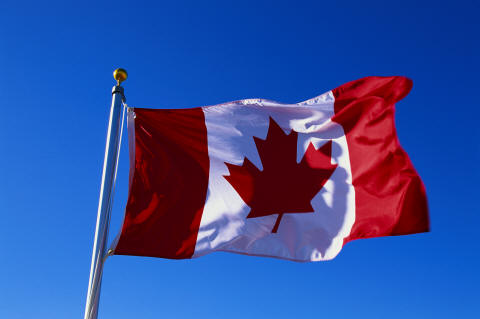Flag histories
For an alien, perhaps, a flag might be a simple piece of cloth, not any better than than a bed sheet. But here on Earth, though, flags are a symbol of pride and identity which often trigger peculiar behavior in people.
A country's flag incorporates a certain aspect of the culture it stands for and, therefore, flags often have interesting histories.
Canada

After dropping the British colonial flag, Canadian leaders debated furiously before choosing the maple tree leaf flag in 1965. A previous version of it showed a maple leaf surrounded by blue stripes, making it resemble just a notch under a cannabis leaf.
Nepal
Nepal is the only country which stood up against the classic four corners flag. By adopting the double-triangle design, Nepal points out to the countries top attraction for adventurers: the Himalayas. The moon and sun featured on the flag represent the calmness trait of the Nepal people.
Bhutan
Although, at a first glance, the seems to feature a dragon wearing roller-blades, the reality is more mythical. Druk, the name by which the dragon goes, is a Buddhist mythical creature whose roars guided a religious leader to a monastery site in Tibet. In his claws, the dragon hold 4 spherical pieces of jewel.
Indonesia
Although simple in design, the Indonesian flag impresses in history. The story tells that while fighting off the Dutch colonial invaders, freedom fighters created their flag by ripping out the blue strip from the Dutch tricolor flag.
Mozambique

Mozambique is the only country to have a firearm portrait on its national flag. The AK-47, featured alongside a book and a hoe, stands for the bloody fights the people underwent in the name of independence. The flag is, nowadays, subject to many controversies in a, what is now, a rather peaceful country.














